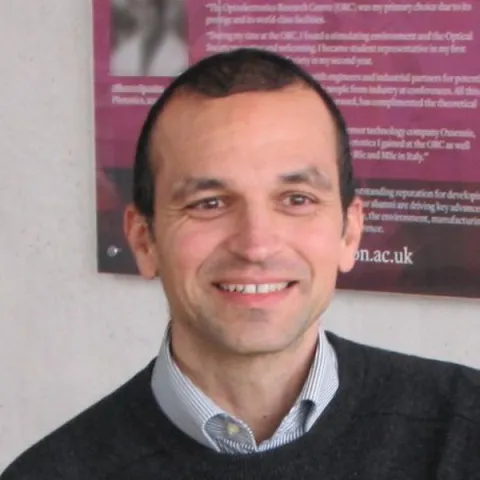About the project
This PhD project will study the development and use of state-of-the-art hollow core optical fibres for both telecom and datacom applications. The research will include work concerned with 5G back-haul and datacentres as well as long-haul transmission and will look to exploit the many distinctive and enabling characteristics of these new fibres
This includes:
- ultralow nonlinearity
- low latency
- high environmental stability
- ultra-broadband operation
- the potential for ultralow propagation losses at different wavebands
Of particular interest is the transmission of heterogeneous signals through the fibre, which add functionality and intelligence to the optical network.
This is an opportunity to carry out a PhD at the Communications Systems Lab of the Optoelectronics Research Centre (ORC). The ORC pioneers research on hollow-core optical fibres exhibiting characteristics that enable disruptive applications in several application fields. The group has been at the forefront of optical fibre communications since the very earliest days of the field providing several critical contributions.
The project capitalises on the long tradition of the ORC as a leading research centre for optical fibre technologies. It is supported with substantial funding from the UK’s Engineering and Physical Sciences Research Council (EPSRC) through the AirGuide Photonics Programme Grant, as well as a new project aiming at tackling challenges towards future open networks.
It is a highly experimental project based on the state-of-the-art telecommunications systems laboratory of the ORC. You will join a team of around 20 researchers focussing on the field of hollow core fibres at Southampton, and will be required to work in collaboration both with colleagues responsible for fibre fabrication as well as an array of industrial and academic collaborators.
